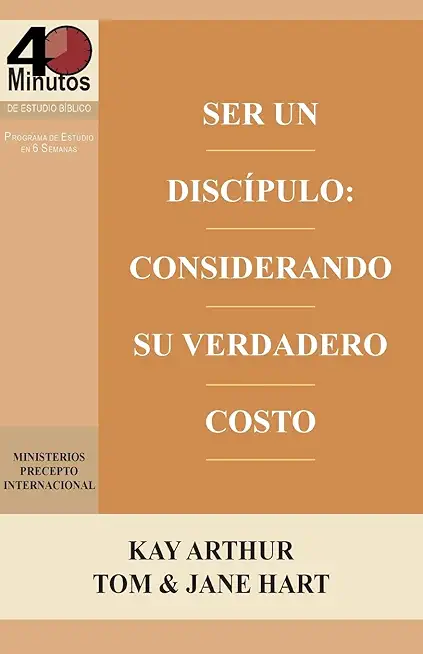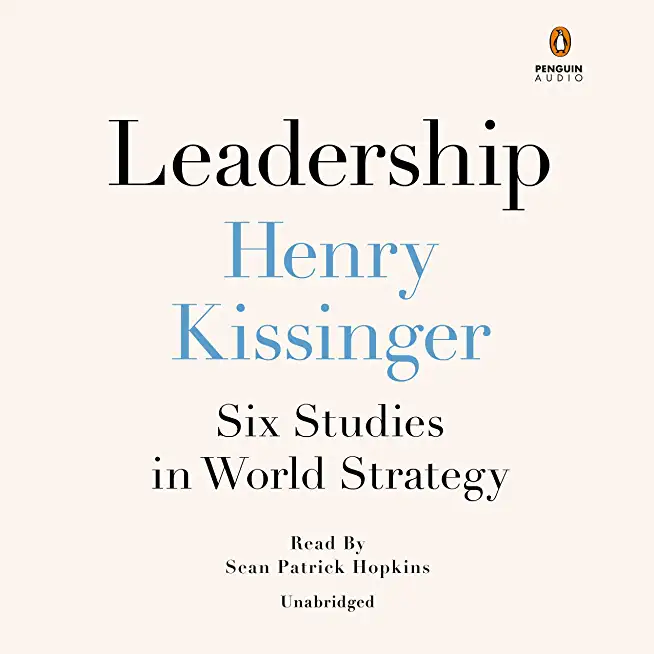
description
dia introduces students to what reporters do--engage the world around them, generate story ideas, gather information, and effectively write a wide variety of story types. This classic text's reputation is built on its thorough grounding in the basic skills that aspiring reporters need. Section One introduces students to the current journalism landscape and the foundational tools of journalism, including news judgement, newswriting style, and grammar and language choice. In Section Two, the text explores questions of libel, privacy, newsgathering issues, and ethics. Section Three teaches students to write summary and alternative leads; organize and write the body of a news story; interview sources and integrate quotations; write feature stories; write for broadcast news; and integrate photo, video, and audio elements. Finally, in Section Four, students learn about specific areas of journalism, including covering speeches and meetings; writing brights, follow-ups, roundups, sidebars, and obituaries; public affairs reporting; investigative reporting; and public relations. The text engages students through its use of clear, accessible language and extensive examples, often drawn from recent news articles about important contemporary topics including the COVID-19 pandemic, the Black Lives Matter movement, and the war in Ukraine. Extensive and realistic practice exercises at the end of each chapter give students the opportunity to apply and master the skills under discussion.
member goods
No member items were found under this heading.
Return Policy
All sales are final
Shipping
No special shipping considerations available.
Shipping fees determined at checkout.







